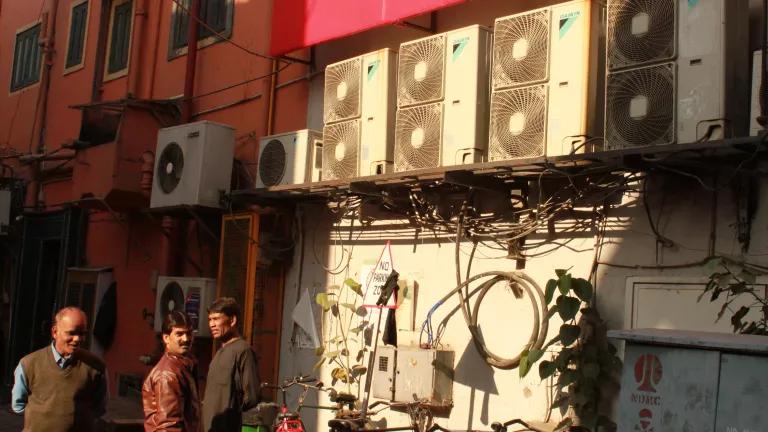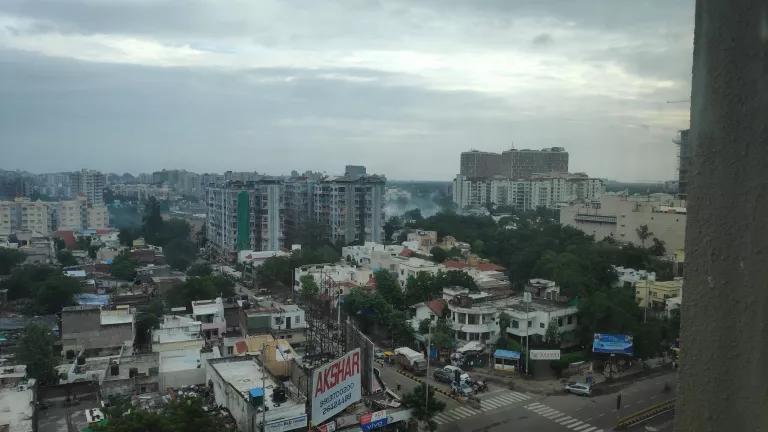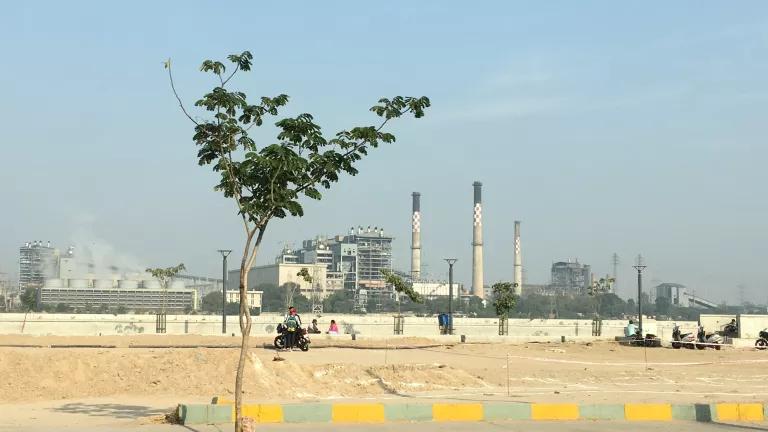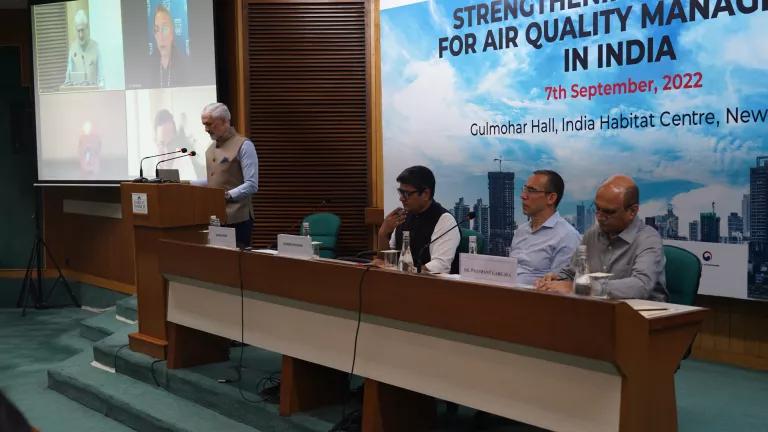
Building facades with rows of air conditioners in India
In a big boost for climate friendly cooling, India will ratify the Kigali Amendment to the Montreal Protocol, the global pact to phase down super climate-polluting hydrofluorocarbons (HFCs) as per an announcement from India’s Office of the Prime Minister. Phasing down HFCs—which are using in cooling appliances, insulating foams, and more—is expected to avoid close to 0.5°C of warming by end of century, with abated emissions from India representing a significant share.
As a longtime leader in implementing the Montreal Protocol, India’s ratification is a huge step towards the Kigali Amendment’s success. China ratified the agreement earlier this year, along with 121 other nations that have ratified to date.
The Indian government plans to develop a national strategy for phasing down HFCs in the coming year, a process that will involve collaboration with industry and conclude by 2023. The government also plans to update its existing legal framework to phase out ozone-depleting substances, which is going on now, to reflect the HFC phasedown by mid-2024.
There are many benefits to India phasing down HFCs. It will give a boost to India’s domestic manufacturing and employment generation goals, spurring domestic innovation and attracting international investments. Ratification is yet another step forward in India’s climate change and cooling commitments and will further strengthen India’s position at the Montreal Protocol. India showed leadership in 2019, when it was one of the first countries to release the India Cooling Action Plan (ICAP) which sets domestic targets for cooling efficiency and refrigerants. India’s ratification now, will further help build up the progress made so far and ramp up the implementation of the ICAP. In addition, the Indian government points to major greenhouse gas savings and the opportunity increase the energy efficiency of cooling appliances that use HFC alternatives.
India’s industries have already led the world in developing alternatives for HFCs. The insulating foams sector, a major use of fluorinated gases, has avoided uptake of HFCs almost entirely. And India’s room air conditioning market has the largest segment of climate-friendly R-290-based models in the world.
India’s HFC production and consumption (which means production plus imports, minus exports and destruction) will be capped at mid-2020s levels in 2028 and phase down gradually from there. It will follow a reduction schedule of 10% in 2032, 20% in 2037, 30% in 2042 and 80% in 2047. Starting promptly upon ratification, India’s fluorocarbon manufacturers will also be prohibited from emitting super-potent HFC-23, a manufacturing byproduct that is also the most harmful of all the HFCs. The Indian government has required such capture and control since 2016.

India’s ratification also turns attention to the U.S. The U.S. government is in the midst of drafting regulations to implement the Kigali Amendment domestically, which should be done in a matter of months. Formal ratification by the U.S. is also underway, with the White House expected to submit the treaty amendment to the Senate for its approval.

NRDC has long championed the HFC phasedown with countries across the globe, including India, and are very pleased to see the government take this proactive, leadership step. The task now becomes implementation and early action wherever possible, both in India and abroad.
For more details see the NRDC-TERI factsheet: India and the Kigali Amendment to the Montreal Protocol.
Prima Madan is a cooling and efficiency expert working as a consultant with NRDC.






